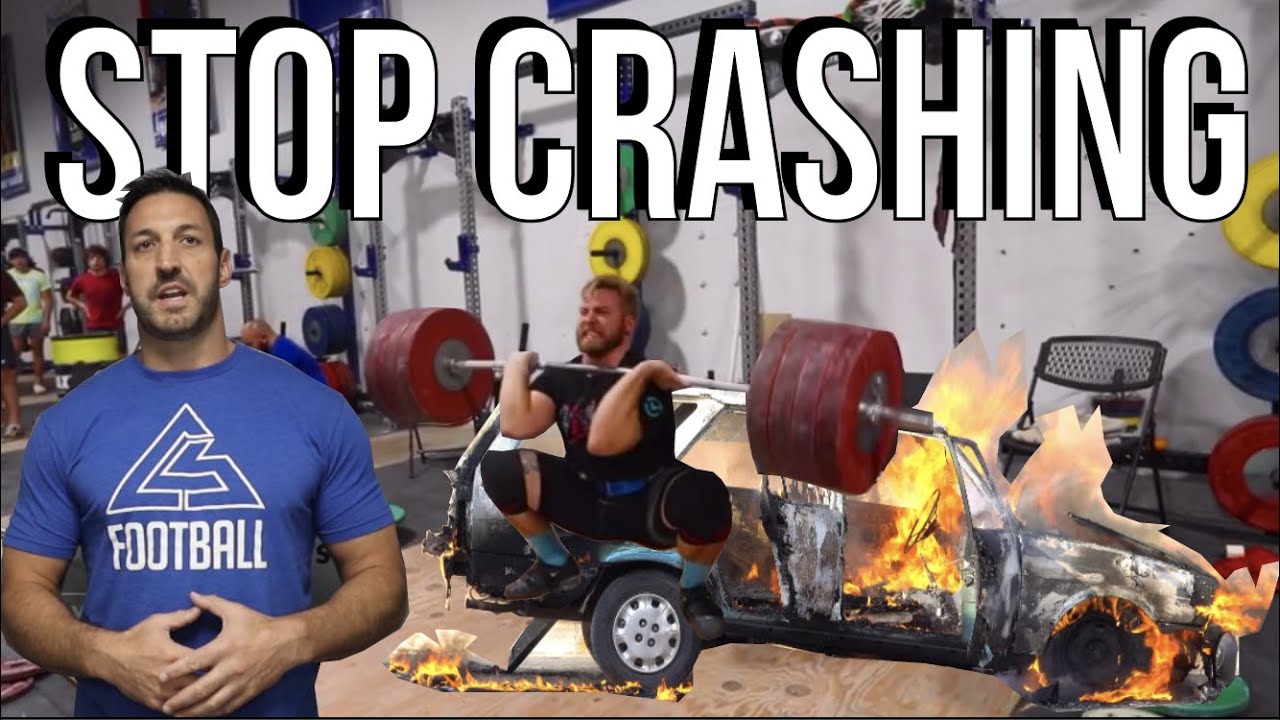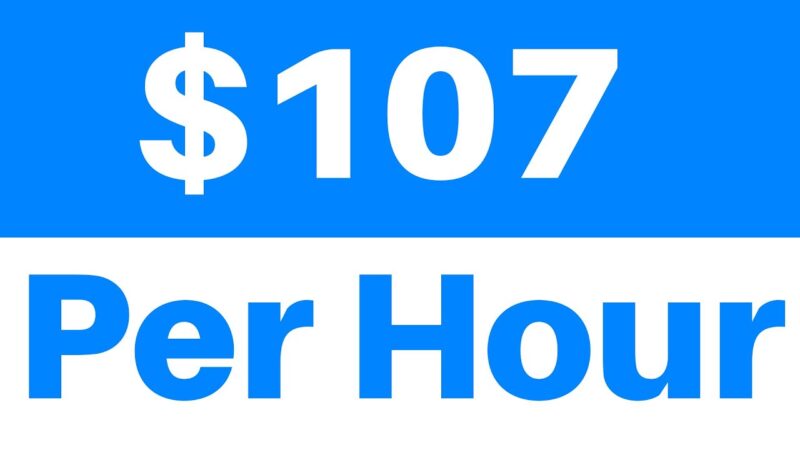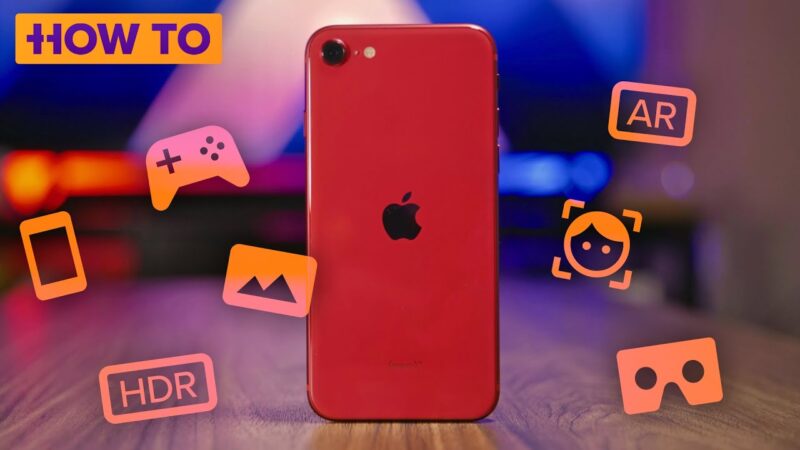How To Fix Your Bar Crash (Olympic Weightlifting Technique) | California Strength tips of the day #howtofix #technology #today #viral #fix #technique

In this video we’re answering one of the most common questions in Olympic weightlifting… How do you fix Bar Crash in the Clean?
Before we dive into the how, it’s important to know why this matters in the first place. When the bar crashes onto your shoulders in the Clean, it can be very difficult to create an efficient squat recovery. In the Clean & Jerk, we want to save as much energy as we can for the Jerk and an efficient squat recovery is key to doing so. With that in mind, we hope you enjoy the video and please leave us a question or feedback in the comments below!
👉 For more help from us, head to https://www.californiastrength.com – You’ll find all of our Online Programs where you’ll get the best of our programming and remote coaching (review of your weightlifting videos) for less than $1 / day.
Video Timestamps
0:47 – Why does the Bar Crash?
1:23 – Positions and its effect on Bar Crash
2:36 – Wes Kitts 220kg (485lb) Clean Breakdown
3:25 – Tension and its effect on Bar Crash
4:47 – Timing and its effect on Bar Crash
5:37 – Drills and Exercises To Fix Your Bar Crash
Follow us on Instagram
https://www.instagram.com/cal_strength/
Official Cal Strength Merch
https://californiastrength.store/
Online Programming
https://www.californiastrength.com/olympic-weightlifting-programs
Free Weight Class Quiz
https://www.californiastrength.com/weight-class-quiz
#BarCrash #Weightlifting #CalStrength
source
#howtofix howtofixearphones #howtofixslowinternet #fix #internet #howtofixcorruptedsd card #howtofixarowinexcel #howtofixlaginpubg #pubg #follow #repost #likeforlike
Olympic lifts are complex movements that include the snatch, clean, jerk, and all the variations thereof. These lifts have been included in the world Olympic Games for decades, and there are widely available opportunities to compete in weightlifting as a competitive sport at any age, weight, or experience level. Today, we’ll cover the benefits of adding these lifts to your own training programs for the purpose of gaining speed and power. You’ll also develop greater body control and awareness, better coordination, and improved timing.
Slower lifts like squats and dead-lifts are great for developing muscular strength, and have their place in your programs, but don’t match Olympic lifts for development of explosive power. The force production (most force in the shortest time) created in the clean and snatch have each been measured to be far greater than that of any traditional strength training exercise. In short, Olympic lifting WILL make you faster and more powerful.
When do I snatch? When do I clean? The snatch trains predominantly for speed, while the clean emphasizes strength a bit more. Your best power snatch weight should be almost 80% of your best power clean weight. This shows you are achieving the best balance of strength vs. speed to demonstrate the most power possible. If one of those measuring points starts to fall too low, train to compensate. For example, if your power snatch drops to 60% of your power clean, you have become too slow for your strength. Train the snatch and snatch related exercises to increase your speed until your power snatch is again nearly 80% of your power clean.
These movements can be done safely by almost anyone. However, it is important to develop proper flexibility, strength, and structural balance before attempting the lifts. Proper form is also extremely important! You can check out video demonstrations of the clean and snatch here, but I recommend spending a few sessions with a USAW Olympic weightlifting coach to get your technique down. Take your time getting the movements perfect before you add weight. Then push for new personal bests! Get into it. It will make you better.
Finally, remember to design your training with low rep sets for the Olympic lifts. These exercises are for speed and power; not for conditioning. After about 3-5 reps, your form will break down due to fatigue of the nervous system. It’s not safe to keep going. Besides, the biggest gains in speed and power (neuro-muscular adaptation) occur in those first few reps, anyway!
What are the 3 Olympic lifts?
Here are three Olympic Lifting movements that have been identified as being the best for making the attacking faster, more powerful, and more explosive.
- Hang cleans. …
- Snatch. …
- Barbell squat jumps.
How do you train for Olympic lifting?
DAY 1
- Power Snatch + Overhead Squat: 4 sets of 2 reps @ 65-68-71-68%
- Hang Clean: 3 sets of 3 reps @ 70-73-75-70%
- Back Squat: 4 sets of 6-8 reps @ 65-70-75-65%
- Snatch Pull: 3 sets of 2 reps @ 90% for all weeks.
- Military Press: 3 sets of 8 reps @ challenging load, progress every week by 5-10lbs.
What makes a good Olympic weightlifter?
Go on youtube, watch some Olympic weightlifting videos, and see if you can guess the three. The three qualities weightlifting coaches look for in athletes are flexibility, speed, and strength (in that order). The first one, flexibility, is by far the most important.
What are the 6 main lifts?
- 6 Basic Weight-Lifting Moves.
- Squat. The squat is one of the most efficient exercises for a total-body workout. …
- Bench Press. Perhaps the most prevalent exercise in the gym, the bench press is the best exercise for a full-chest workout. …
- Deadlift. …
- Power Clean. …
- Rows. …
- Pull-Ups and Dips.
What are the big 4 lifts?
1. Own the “big four” The squat, deadlift, bench press, and shoulder press are the best strength-training exercises, period.
Can you do Olympic lifts everyday?
Olympic lifts can and should be trained daily because they are incredibly complex and dynamic. To learn them you need to practice them as often as possible. And even if you master them and become elite in weightlifting heavy snatch will never be as hard to recover from as a heavy deadlift or squat.
Do Olympic lifts build muscle?
Olympic lifts are a great way to decrease body fat, build muscle, increase strength and maximize your time strength training. Snatches and clean and jerks produce some of the highest power outputs in all of sport. … Incorporating the Olympic lifts into workouts is the most effective way to build power and speed.
What exercises do Olympic weightlifters do?
Building Strength for Olympic Weightlifting
| Squat | Pulling | Overhead |
|---|---|---|
| Front Squat | Deadlift | Push Press |
| Pause Squat | Snatch High Pull | Power Jerk |
| Single Leg Squat | Clean High Pull | Rack Jerk |
| Deep Box Jump | Snatch Grip Deadlift | Behind the Neck Jerk |
How dangerous is Olympic weightlifting?
Obviously, Olympic weightlifting is a dangerous sport because it requires great amount of exerted force from an athlete. Without the correct form and posture, activities can often result in the occurrence of traumatic Olympic lifting injuries. Cumulative injuries are far common for Olympic weightlifters.
Which is better powerlifting or Olympic lifting?
Olympic weightlifting focuses on performing two ballistic lifts overhead with good technique known as the clean and jerk, and the snatch. Powerlifting, on the other hand, is less technical and focuses more on completing three, controlled, heavy lifts known as the squat, bench press, and deadlift.
How much do Olympic weightlifters make?
Athletes will be paid $1000 per World Youth Record, $2000 per World Junior Record, and $5000 per Senior World Record. Payments are made on the final record, capped at $15,000 per meet, and are to be made for both the individual lift and in the total.
What are the big 5 lifts?
The five basic exercises bench press, deadlift, squats, shoulder press and pull-up are generally known as the BIG 5 of strength training.
What are the 5 main lifts?
Try these “Big Five” lifts today to kickstart your weightlifting journey:
- Squats.
- Deadlifts.
- Bench press.
- Barbell row.
- Overhead barbell press.
What exercise builds the most muscle?
Below, we’ve listed a compound workout that is the most effective in building muscle across all of your major muscle groups.
- 1 – Squats.
- 2 – Barbell hip raises.
- 3 – Deadlifts.
- 4 – Incline bench press.
- 5 – Clean and press.
- 6 – Parallel dips.
- 7 – Pull ups.
Do deadlifts give you bigger arms?
Deadlifts and squats are primarily lower body exercises and will not increase the size of your arms. Depending on the type of deadlift or squat that you do, your arms will sometimes work to hold on to weight or to stabilize your body. But this amount of work is not sufficient enough to build muscle.
Do deadlifts make you bigger?
Main Muscles Worked
The deadlift does a good job of bulking up our superficial back muscles. The deadlift trains our hips through a deep range of motion, making it perfect for building bigger glutes. … The deadlift is technically a hip hinge—an exercise for bulking up our glutes and hamstrings.
What is the hardest Olympic lift?
Of the quick lifts, snatch is the hardest to learn. Squat Jerk is one of the hardest lifts to perform, in that few people are flexible enough to do it. Of the slow lifts, I’m not sure any are especially hard to learn, but the most humbling I have tried is Press In Snatch (Sots Press).




